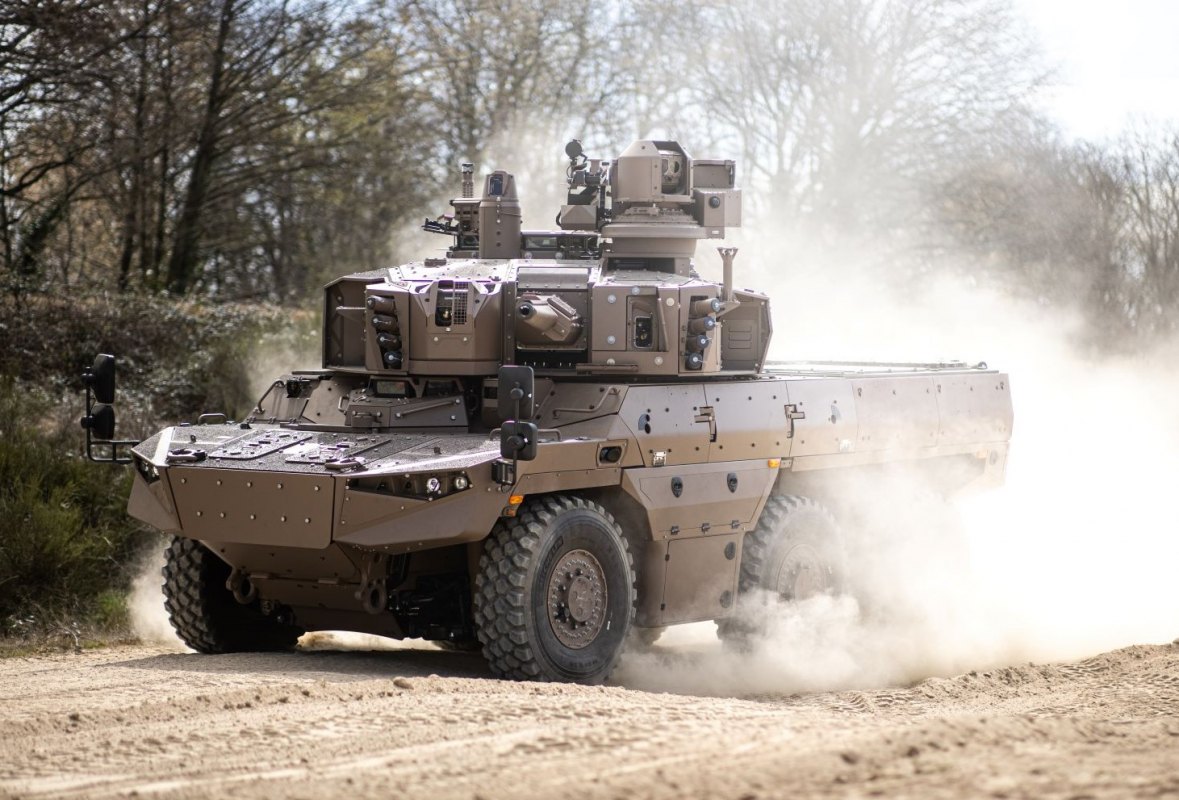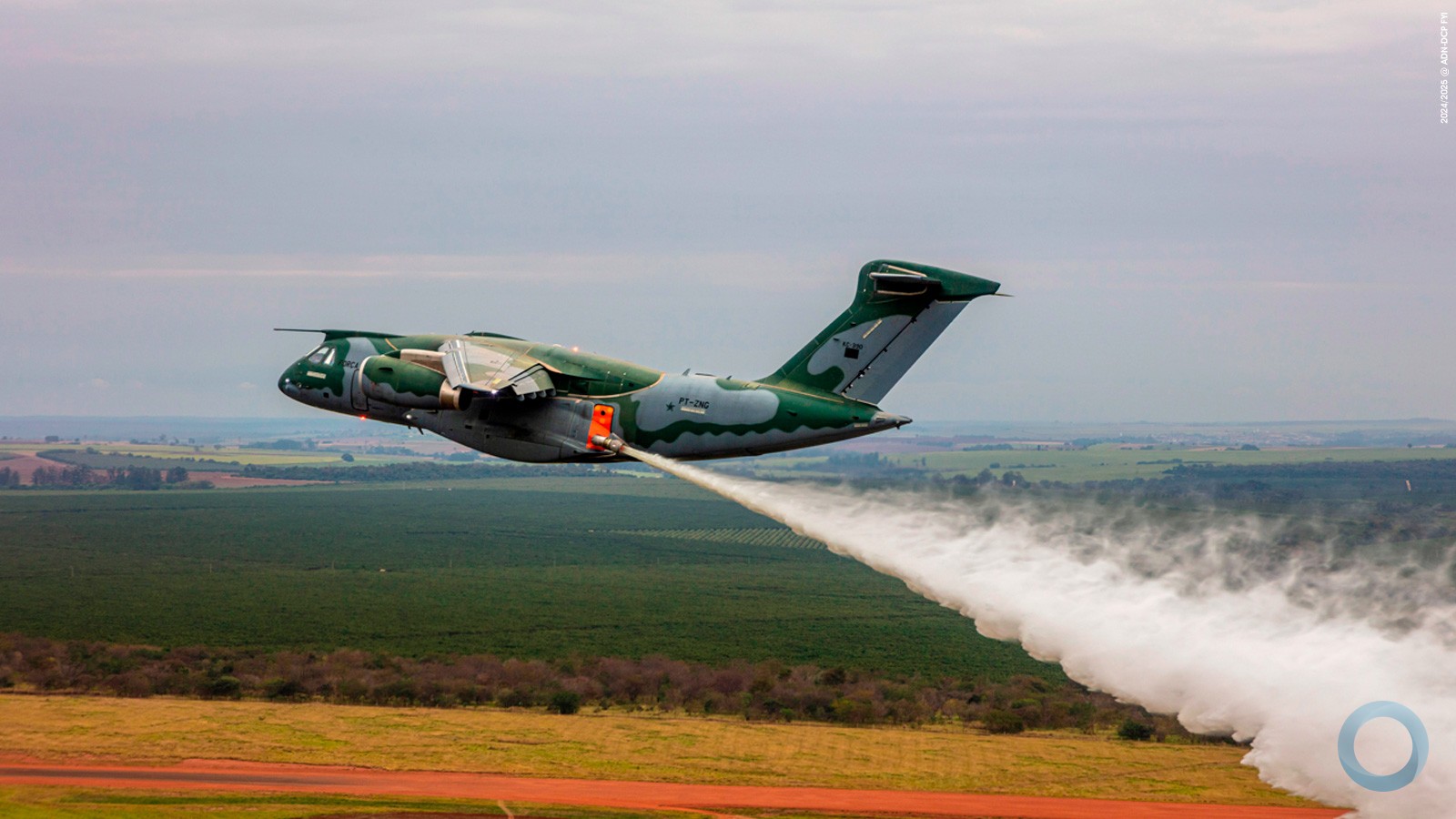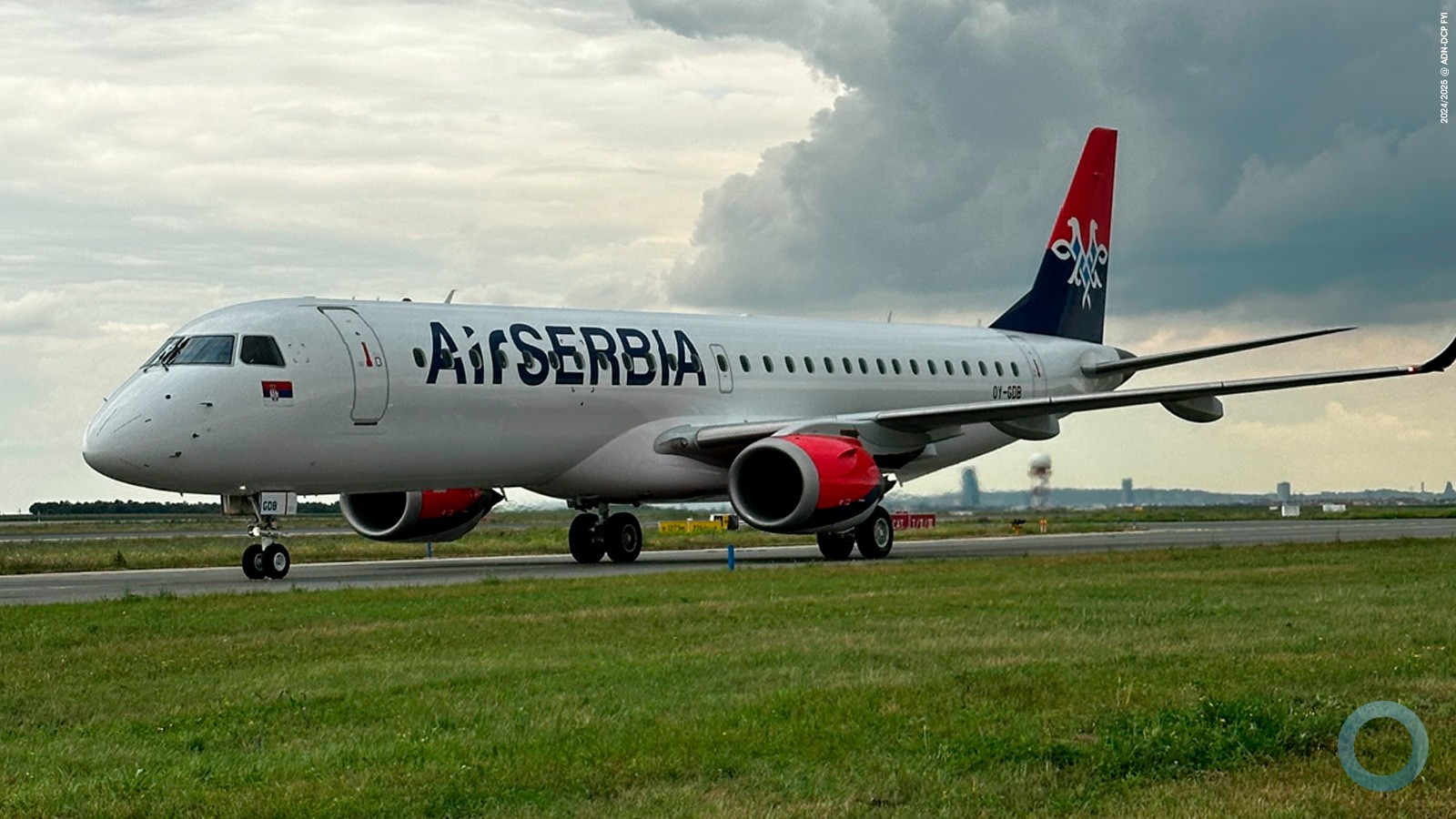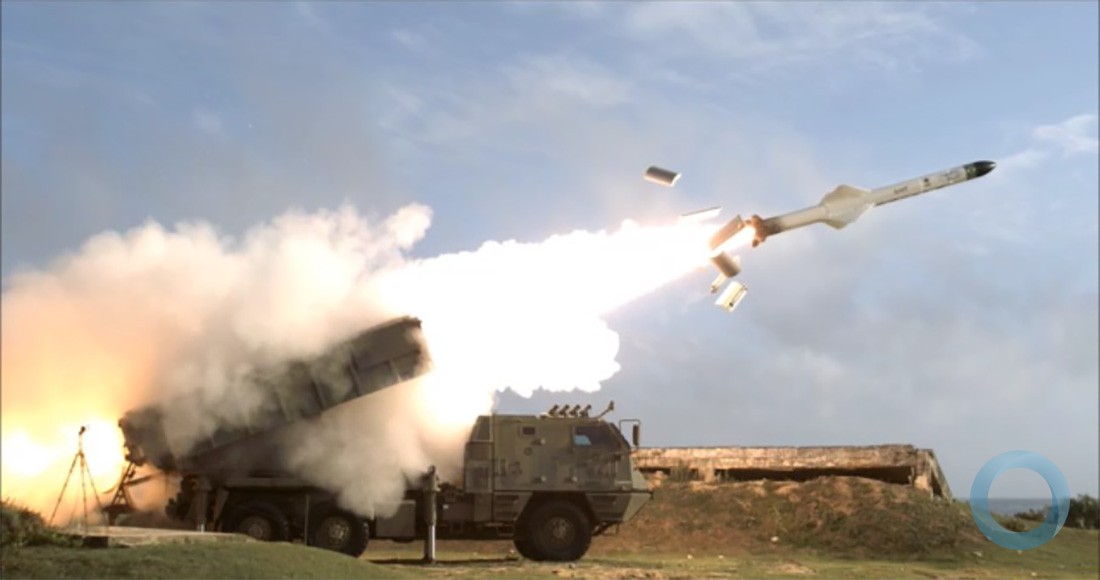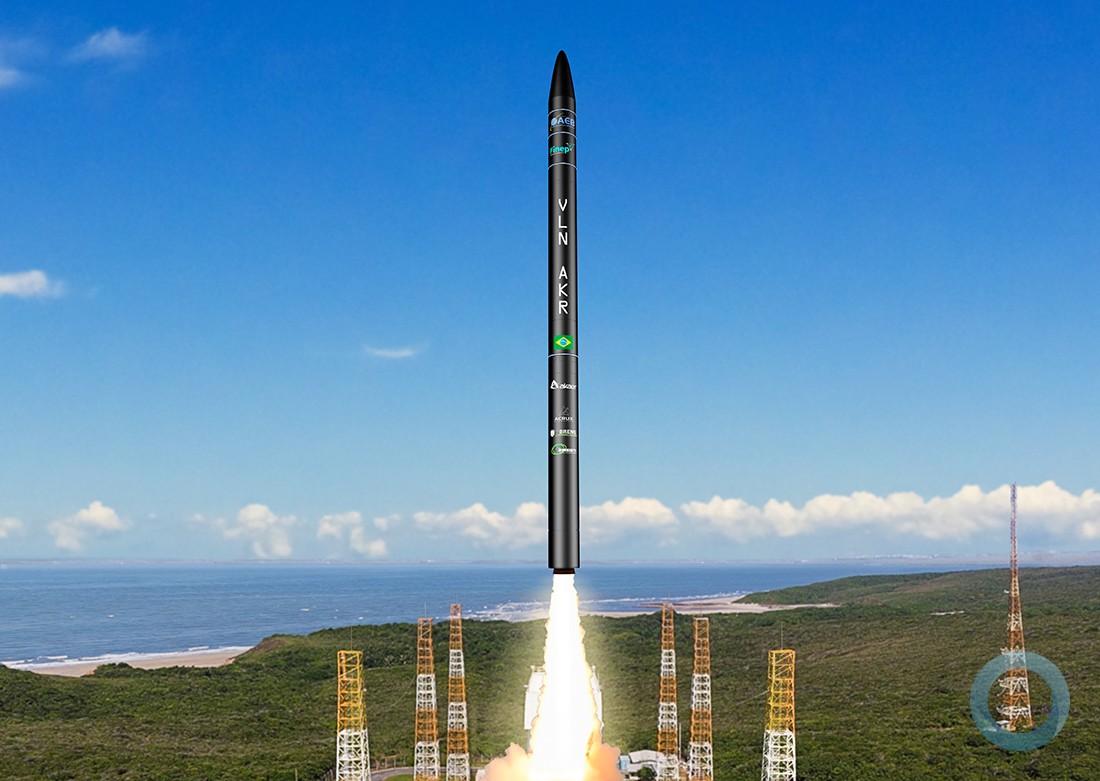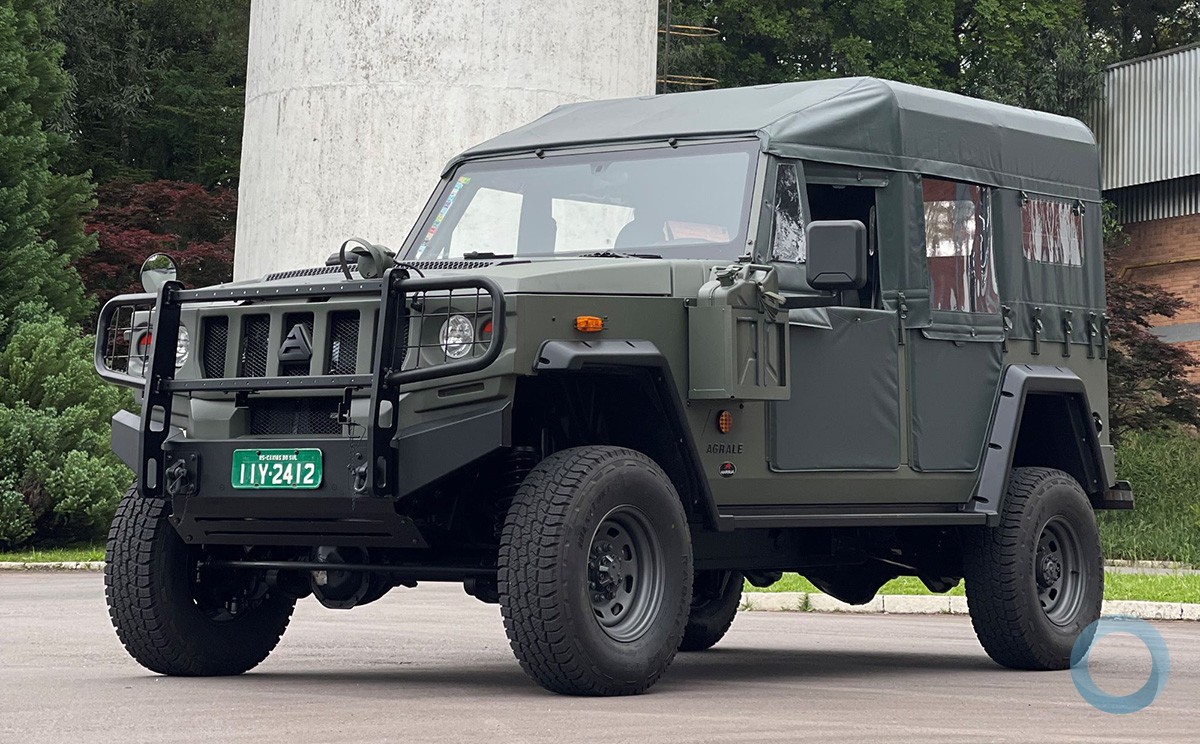by Andréa Barreto
Brazil's Army Project Office (EPEx), created in 2012, evaluates, proposes, coordinates, and integrates efforts toward the realization of the Army’s large-scale, technologically and financially complex strategic projects. So far, those projects have included Guarani, Cyber Defense, Air Defense, Proteger, Astros 2020, and Sisfron.
Diálogo is presenting each of the projects, their objectives and challenges, as well as new developments, in a series of weekly reports. This week's report features Sisfron.
The Brazilian Military is preparing to subect Project Sisfron (Comprehensive Border Surveillance System) to its first test. In June, the Armed Forces will deploy the system as part of Operation Ágata. Soldiers installed the system in the Southern Mato Grosso do Sul region under the auspices of the 4th Mechanized Cavalry Brigade in Dourados, a city in Mato Grosso do Sul.
“This will be our first chance to verify the system functions. We are going to test whether the data is transmitted satisfactorily, so we can make any necessary adjustments,” said Sisfron supervisor, Colonel Ary Pelegrino Filho.
Sisfron is one of seven Brazilian Army strategic projects and consists of an integrated system of sensors to be used to strengthen the government’s presence and readiness along the border. To deploy Sisfron, the Armed Forces will install a comprehensive set of technological resources in the border region; the sensors will provide crucial information to Military commanders.
The 4th Mechanized Cavalry Brigade in Dourados is home to the Sisfron pilot project, which began in November 2014. The pilot project is divided into three subsystems. The first is the sensor system and decision-making support, which includes all command equipment, fixed and mobile control equipment, radars, sensors, and data software.
The second subsystem is designed to support actions and refers to equipment for individual Soldiers, vehicles, ships, and “anything necessary to allow the Army to take action to contain an adversary,” the Colonel said.
The third subsystem is composed of engineering works, which include the construction of physical facilities, vehicle garages, and Troop housing, in addition to any retooling necessary to support or use the electronic equipment acquired.
“We have delivered 100 percent of the action support subsystem for the pilot project and 50 percent of the requirements for the sensor system,” Col. Pelegrino said. “As for the engineering work, we can safely say that it is almost 70 percent complete.” These subsystems are in the integration phase, which is why they will be tested during Operation Ágata.
This will be the ninth edition of the operation, coordinated by the Armed Forces Joint Chiefs of Staff (EMCFA). The Military carries out the initiative at strategic points along Brazil’s borders as part of the country's strategy to prevent crimes such as drug trafficking, smuggling, weapons trafficking, environmental crimes, immigration, and illegal prospecting.
Project solidifies its pilot phase and acquires drones
The Military is well-deployed to carry out the initiative; most of the units in the 4th Mechanized Cavalry Brigade are stationed along the border with Paraguay, covering almost 600 kilometers in Mato Grosso do Sul. The goal of the Armed Forces is to have the Sisfron pilot project cover that entire length.
Military authorities expect the pilot phase will end in 2016. Since Sisfron's creation in 2013, the government has invested approximately 1.3 billion Brazilian reals ($430 million) in the initiative, which is nearly 11 percent of the overall project budget.
An investment of 480 million reals ($158 million) is budgeted for 2015 to follow up the installation of the pilot project in the region under the responsibility of the 4th Brigade. Col. Pelegrino stated that a small part of this amount – 40 million reals ($13 million) – already has been received and is being forwarded mainly to the consortium of companies responsible for the integration of the devices installed in Dourados.
In addition to the progress toward completing the pilot phase, the plans for 2015 include seeking the requests for proposals to provide remote-piloted aircraft which will be used to conduct surveillance in the areas where the sensors will be deployed.
Sisfron stage two brings the project to Brazil’s north and south
In the next phase, the project will be expanded to the northern and southern areas of Brazil. In the north, Sisfron will be used by the 13th Motorized Infantry Brigade and the 17th Jungle Infantry Brigade. The 13th Brigade is located in Cuiabá, Mato Grosso, a state that has a 780-kilometer border with Bolivia. The 17th Brigade is headquartered in Porto Velho, the capital of Rondônia, but it also has units in the state of Acre. Rondônia has a 1,342-kilometer border with Bolivia, while Acre has a 1,430-kilometer border with Peru.
In the south, Sisfron will be set up in the area under the responsibility of the 15th Mechanized Infantry Brigade in Paraná, a state that borders Paraguay (208 kilometers) and Argentina (293 kilometers).
To support the expansion, during 2015 the Military will acquire light vehicles, cranes, patrol boats, and individual equipment for service members, which will be supplied to units participating in Sisfron stage two. The plan is for stage two to begin in 2016, with the contracting process beginning in 2015.
The Armed Forces anticipates the Sisfron project will be completed by 2022, and will ultimately cover 17,000 kilometers of Brazil’s borders. The Military plans on cooperating with neighboring countries to reduce crime rates along the borders through partnerships between the Army and the various law enforcement agencies.






